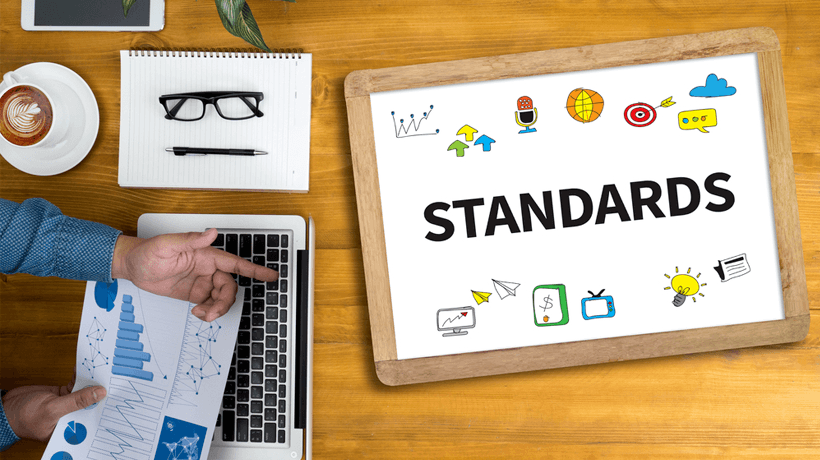What Are The Compatibility Standards In eLearning
In my earlier article, we have discussed interface standards in eLearning and how they address the relationship of the learner with an eLearning course. In this article, we will look at the next cluster of standards, the compatibility standards. By definition, compatibility standards address the relationship between the courseware and the Learning Management System (LMS). There are several standards in the industry that allow courses to communicate with a Learning Management System. In this article, we’re going to look at the top 4 compatibility standards in eLearning.
Standard 1: Installation And Initial Launch
This standard is about the relationship between the learner and the courseware. Earlier when this standard was set, it was quite a challenge to install and launch the course on a network or a computer system. But now, most of the courses are hosted on a Learning Management System. So, it is not a problem. From the Learning Management System point of view, when courses installed and initially launched, learners should not find it difficult to login in and start the course. In an eLearning course, right in the beginning, we display the technical requirements or system requirements, such as the screen resolution needs to be 1024 x 764 or higher and that learners will need a macromedia Flash Player and Internet Explorer.
Standard 2: SCORM Compliance
SCORM (Sharable Content Object Reference Model), is a technical standard that was first developed by the US military based on a lot of other eLearning technical standards. SCORM provides interoperability and portability to an eLearning course. Interoperability means a course will be able to communicate with any other SCORM related course or Learning Management System. Portability is the other side of interoperability in that it can be ported to various Learning Management Systems, which are, again, SCORM compliant.
SCORM tracks not just the courses, but also keeps a record of the employees’ course progress, completion status, assessment scores, percentages, points gained, how many times a course has been accessed, and even the time spent by the learner on each screen. For example, you find that a lot of learners spent inordinate amounts of time on some screens; you should go back and examine those screens and see why they are spending so much time there. Are they difficult to understand? Or are they too complicated? Do we need to break up those screens into more screens? In another case, from the scores, we can know how many people passed or failed the course. This is important, especially in the case of compliance courses or other mandatory courses, where if 50% of the people have passed, we still have to ensure the other 50% also pass. Also, if you analyze the data and find that in the final quiz most of the people have failed to answer a particular question, then we need to question why they are failing to answer that particular question. Is there insufficient content in the course, was your question worded wrongly, or is it both?
So, SCORM compliance is not only for tracking and completion, but from the learning point of view, SCORM compliant courses throw out a lot of data which is very valuable for learning professionals.
Standard 3: AICC Compliance
AICC (Aviation Industry Computer-Based Training Committee) is a technical standard that help define how eLearning courses and Learning Management Systems interact with each other to support tracking of courses. It is very similar to SCORM. However, there are minor technical differences. This standard allows a course to communicate information in the HTTP format. Although this standard was used earlier, it failed to keep up with emerging technologies. There are some Learning Management Systems which continue to follow the AICC format. So we need to make courses compatible to it. It also throws up very valuable technical data, related to tracking learners’ progress through the course that needs to be used by learning professionals.
Standard 4: Tin Can API
Tin Can API is the successor to SCORM. Tin Can API tracks and records learning experiences that occur anywhere, through any device. SCORM can track learning that happens only on laptops or desktops. SCORM cannot track mobile learning. Most Learning Management Systems are SCORM compliant. So, any mobile learning will be very difficult to track. Tin Can API can track most learning activities such as mobile learning, gamified learning, offline learning, collaborative learning, experiential learning, and simulations. This successor to SCORM can also track responsive learning efficiently. So; this is going to be a standard for the future.
Your Learning Management System should comply with the standards you wish to follow. Do your research and ask your content and Learning Management System provider if they’re up to date with these eLearning standards before you invest.
For more insights on eLearning standards, download the eBook Instructional Design 101: A Handy Reference Guide to eLearning Designers.









